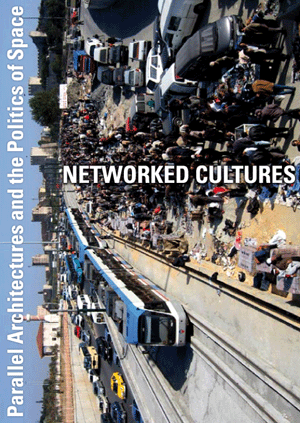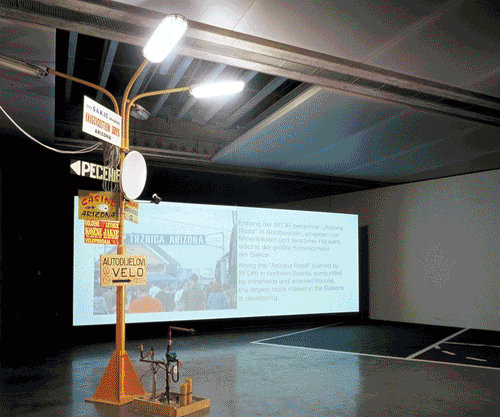_loginregistrieren_database_5 Factories - Worker Control in Venezuela Dario Azzellini & Oliver Ressler _ALMOSTREAL ECF _AnArchitektur Jesko Fezer _Arizona Road Azra Aksamija _Balkan Konsulat rotor _Bata-ville: We are not afraid of the future Nina Pope + Karen Guthrie / www.somewhere.org.uk _Black Benz Race krcf in collaboration with Felix Stalder, Arben Gecaj, Faton Topalli and Osman Osmani _Black Sea Files Ursula Biemann _Camp La Jolla Military ParkOwen Mundy _CHANGE REALITY: Renaming the Streets of Zagreb REINIGUNGSGESELLSCHAFT _Conceptual Paradise. There is a place for sophistication Stefan Roemer _de-regulation Irit Rogoff, Kutlug Ataman, Stefan Roemer_news ____________Bloomberg SPACE, London ____________Kumu Art Museum Tallinn ____________Open Space, Open Systems - Vienna ____________CAA 2011 Conference, New York ____________Forum Stadtpark, Graz ____________Symposium, Istanbul ____________lungomare, Bozen/Bolzano ____________Metropolis Biennale 2007-17, Copenhagen ____________new publication available now ____________Mestna Galerija, Ljubljana ____________Livestream of Networked Cultures documentary ____________ |
_Databaseproject: Arizona Road location: Cambridge, USA date: 2006-01-01 info: The project Arizona Road examines the new urban phenomena of the largest black market in the Balkans, the Arizona Market located near the city of Brcko. Arizona Road was the name given by the American military to the North-South highway in Bosnia and Herzegovina. The project focuses on the discovery and examination of new political, social, economic and urban conditions that have surfaced after the war in Bosnia. The market provides a unique opportunity to observe a birth of a city and actively shape it from an urbanistic and architectural standpoint. The co-existence of the two systems existent on the market, the formal and the informal, often leads to power conflicts. The informal, which is able to spontaneously and flexibly adapt itself to each economical and political situation, emerges mostly in cases when the formal system fails or is not able to be responsive to needs or problems of its citizens. Although they are not always distinctive, formal and informal systems simultaneously exist in every society. A formal system cannot function without its informal counterpart, and vice-versa; they supplement and react to one another. In an urban context, this proposition implies a new kind of thinking about an architect's impact on the evolution of the city. It suggests that directed assimilation of informal activities (chaos) can become a tool for achieving more formality (order). Therefore, urban planning can be seen as a rhizomatic interweaving of actions and programs that come from both, the formal and the informal systems. |
_broadcasts_conversations+ Ana Dzokic and Marc Neelen+ Ayreen Anastas and Rene Gabri + atelier d'architecture autogérée (aaa) + Asya Filippova + Sophie Hope and Sarah Carrington + Branca Curcic + Christoph Schaefer + Campement Urbain + Claudia Zanfi + Despoina Sevasti and Poka-Yio + Erden Kosova + Helmut Batista _textsRadio as Spatial Practiceby: Paulo Tavares Survival Kits: Artistic Responses to Globalizationby: Marga van Mechelen What Ever Happened to Cultural Democracy?by: Sophie Hope I don't know how to explain ...by: Anca Gyemant Trading Placesby: Peter Moertenboeck & Helge Mooshammer Milosevic as Architectby: Srdjan Jovanovic Weiss When the Unavoidable Knocks at the Door ...by: Gulsen Bal Tracing Translocality: The BlackBenz Raceby: Felix Stalder travelling lexicon towards a global positioning systemby: Celine Condorelli |